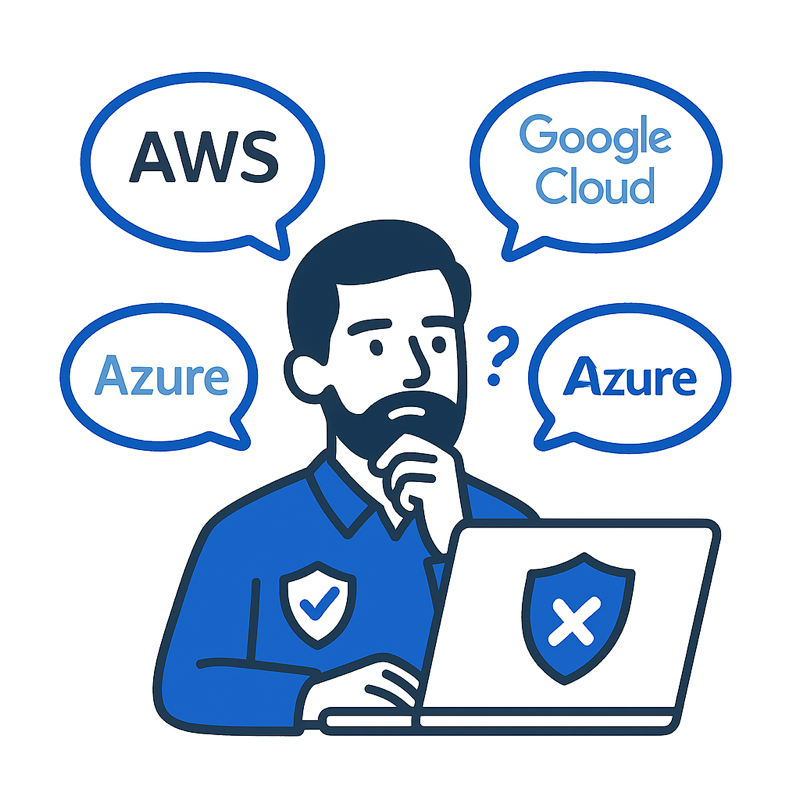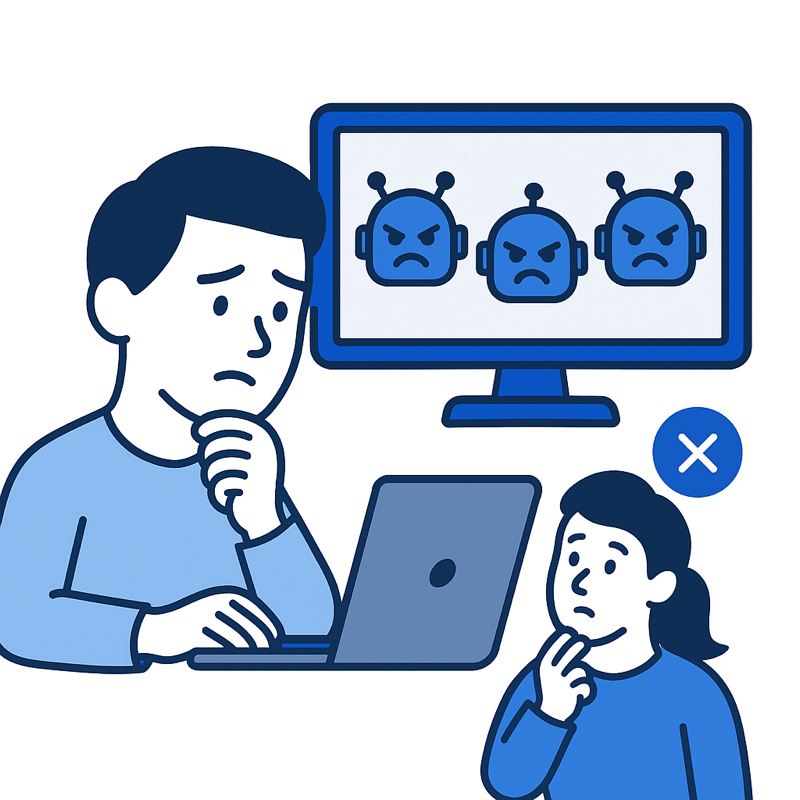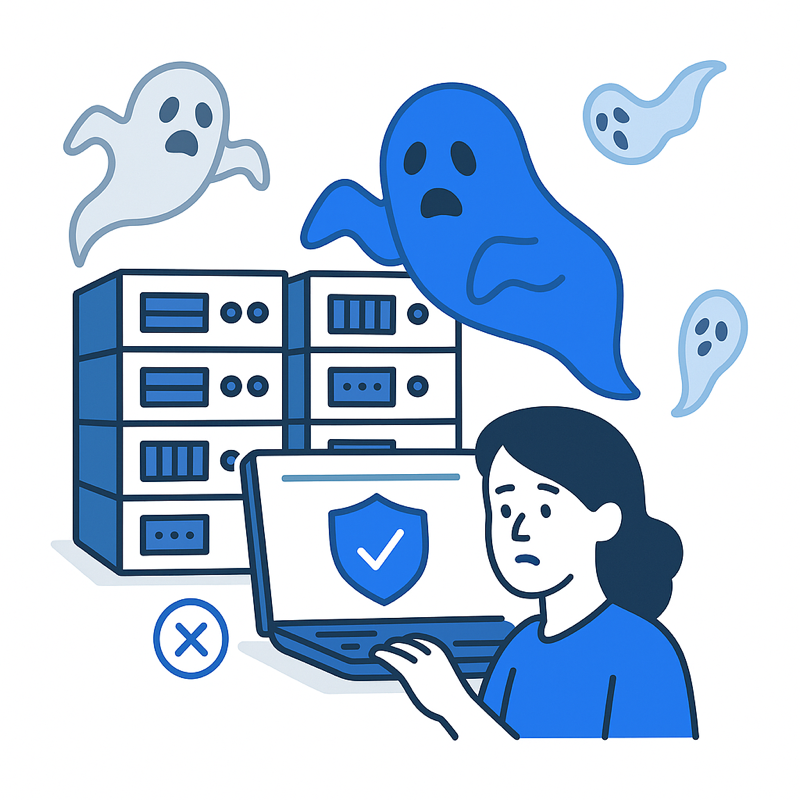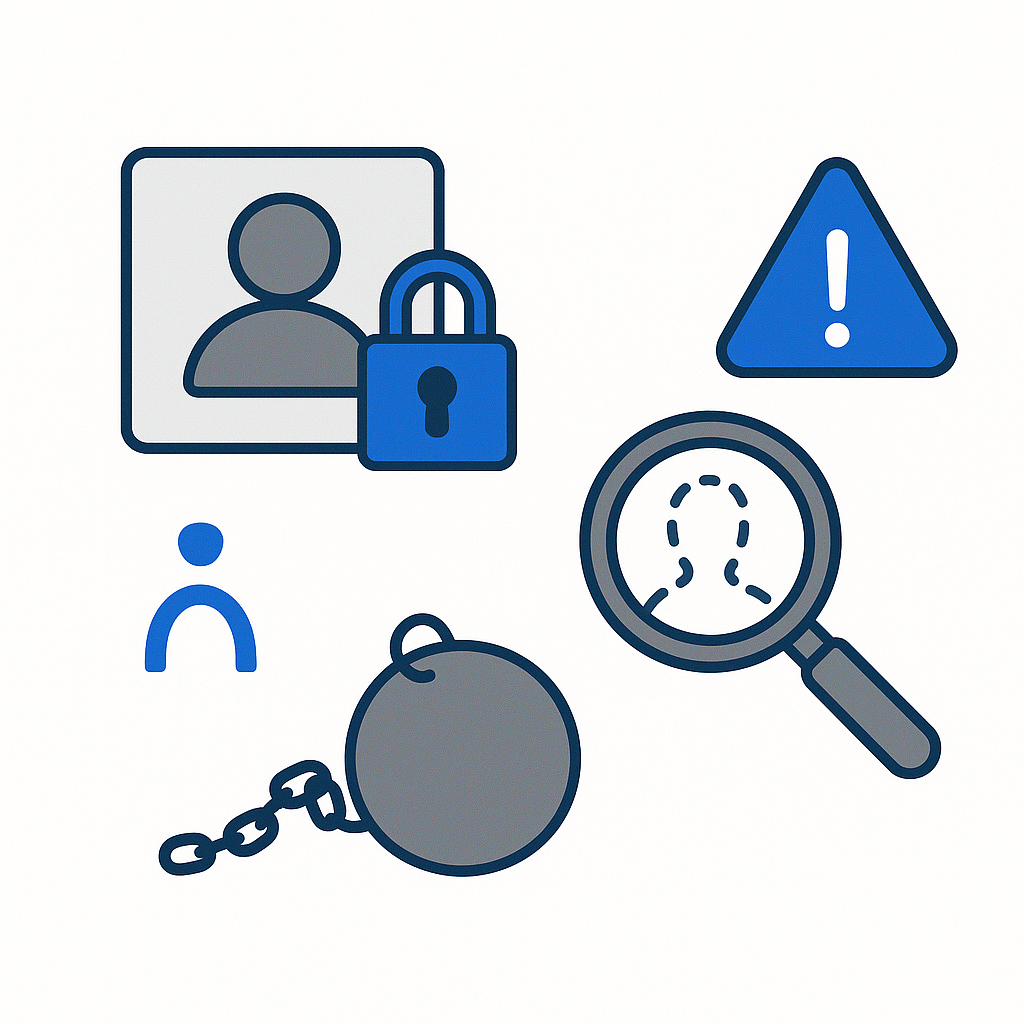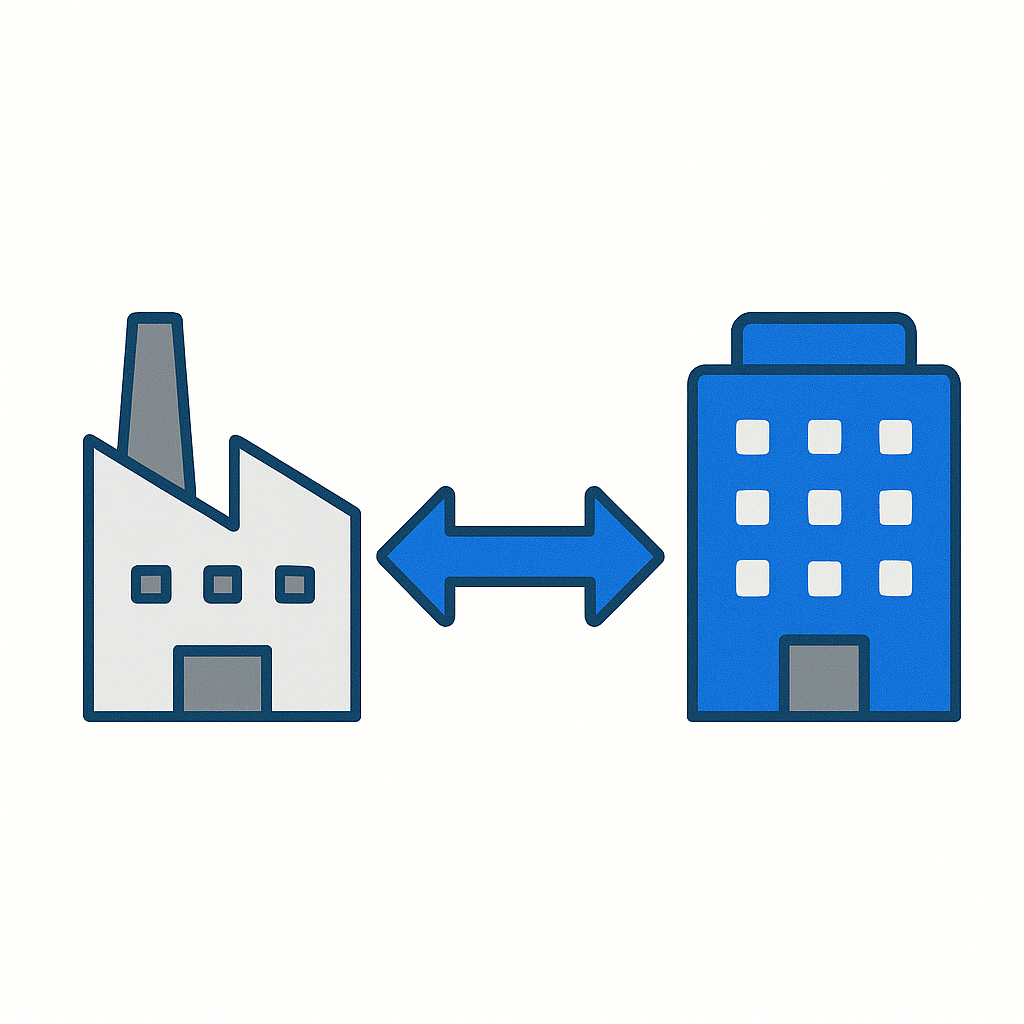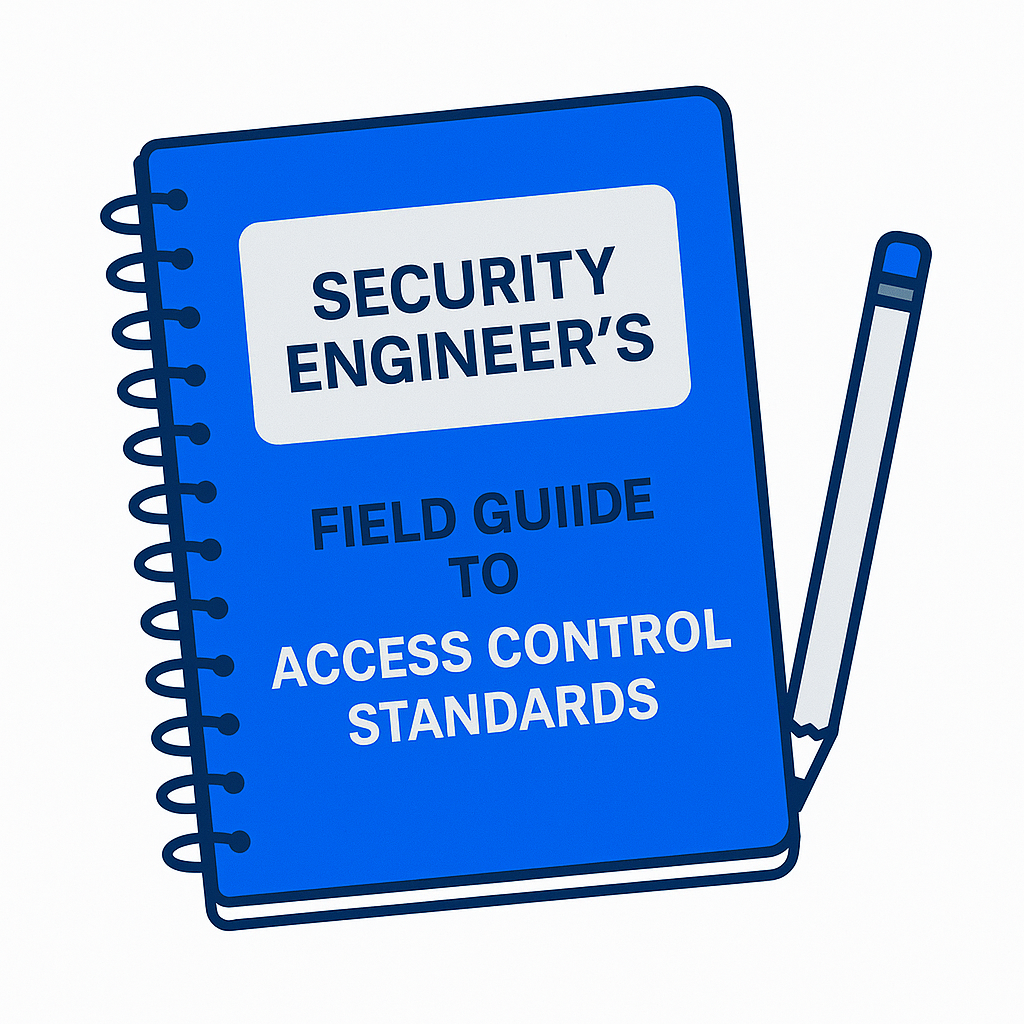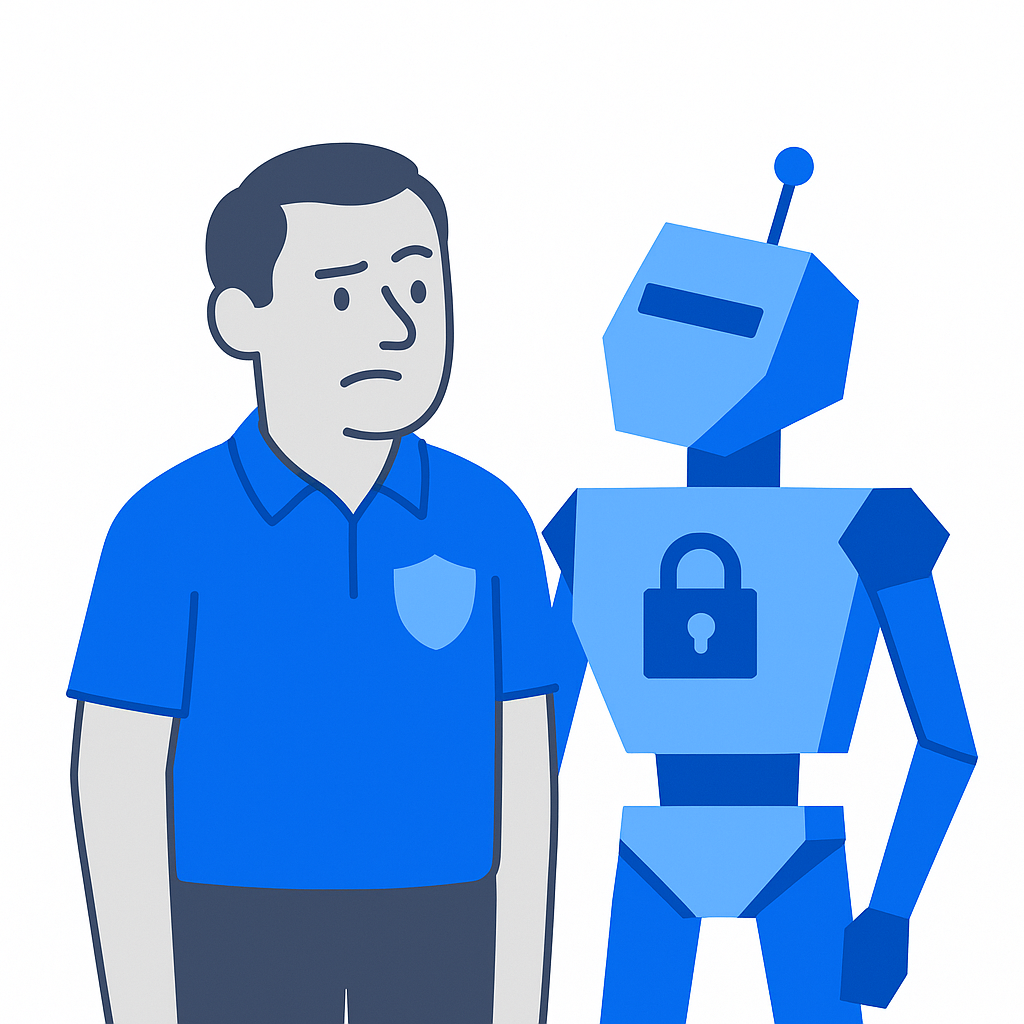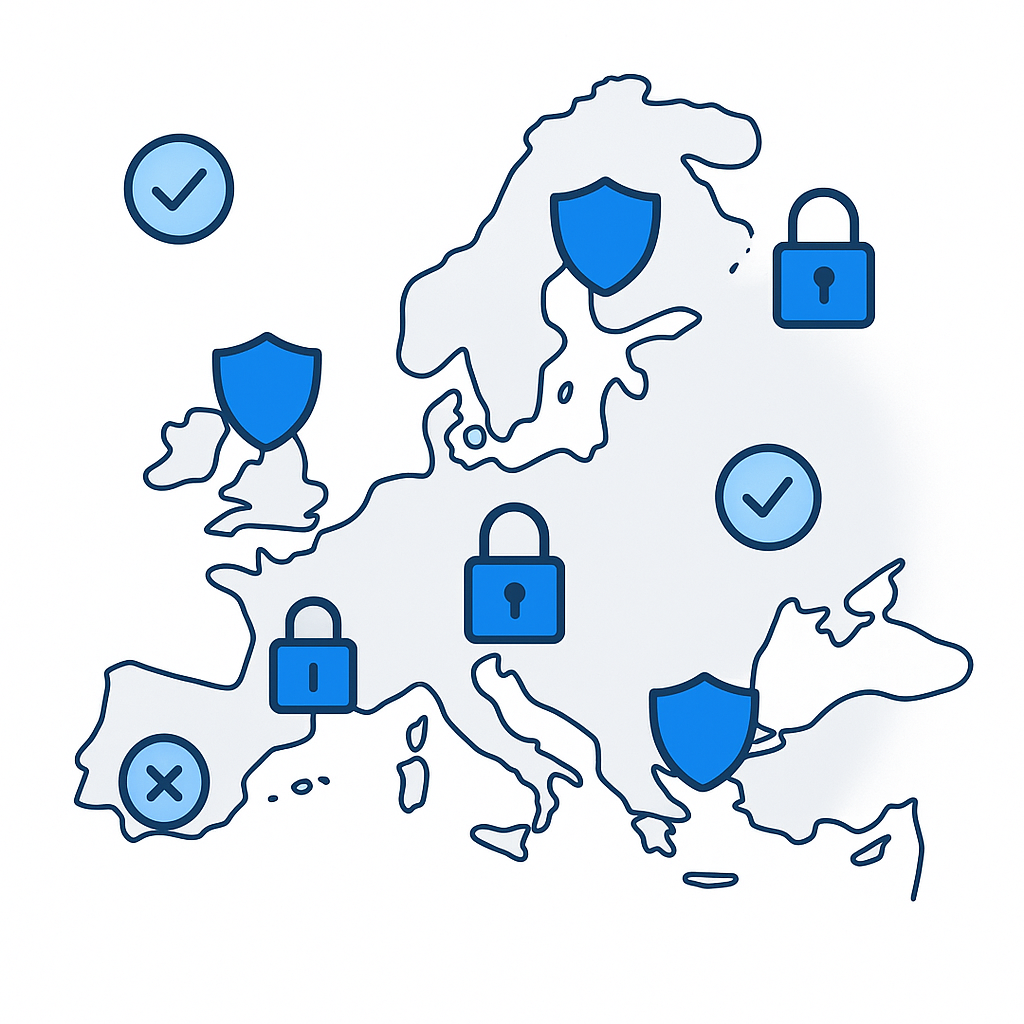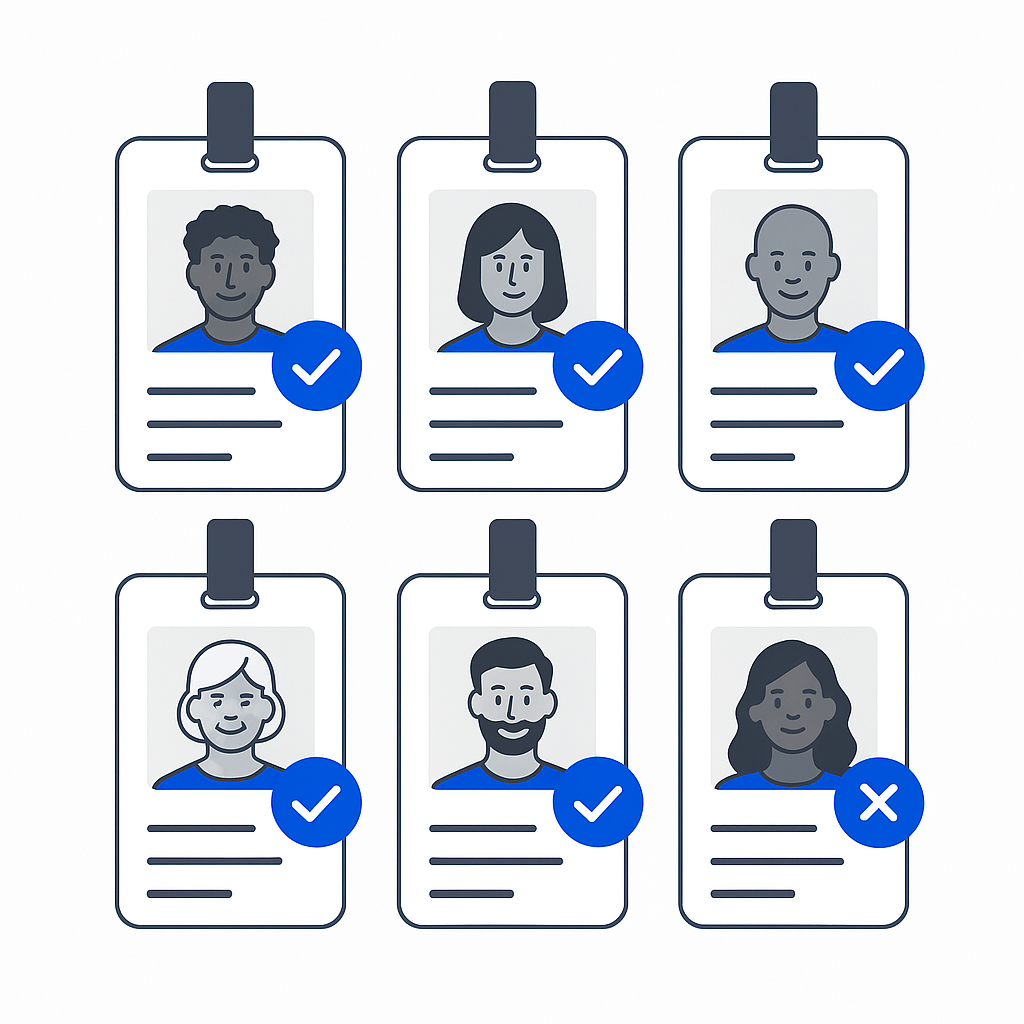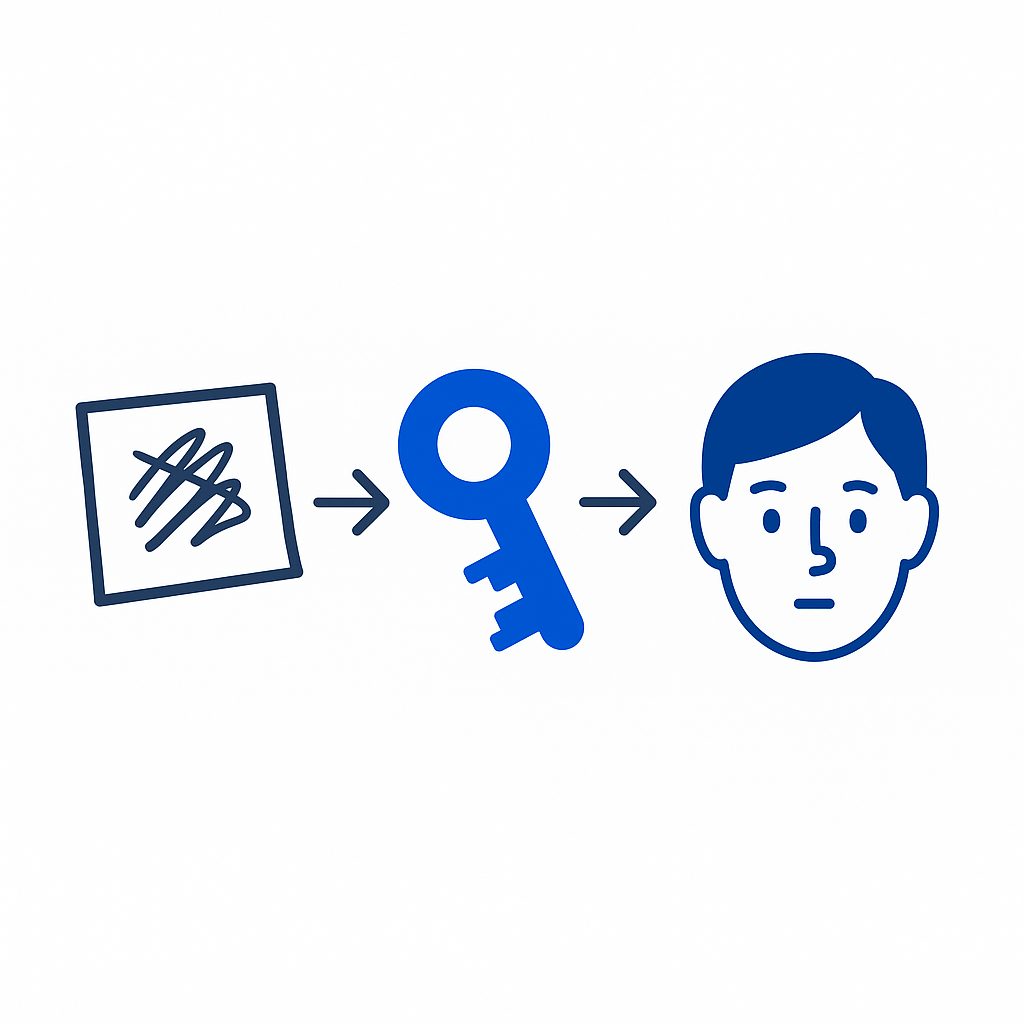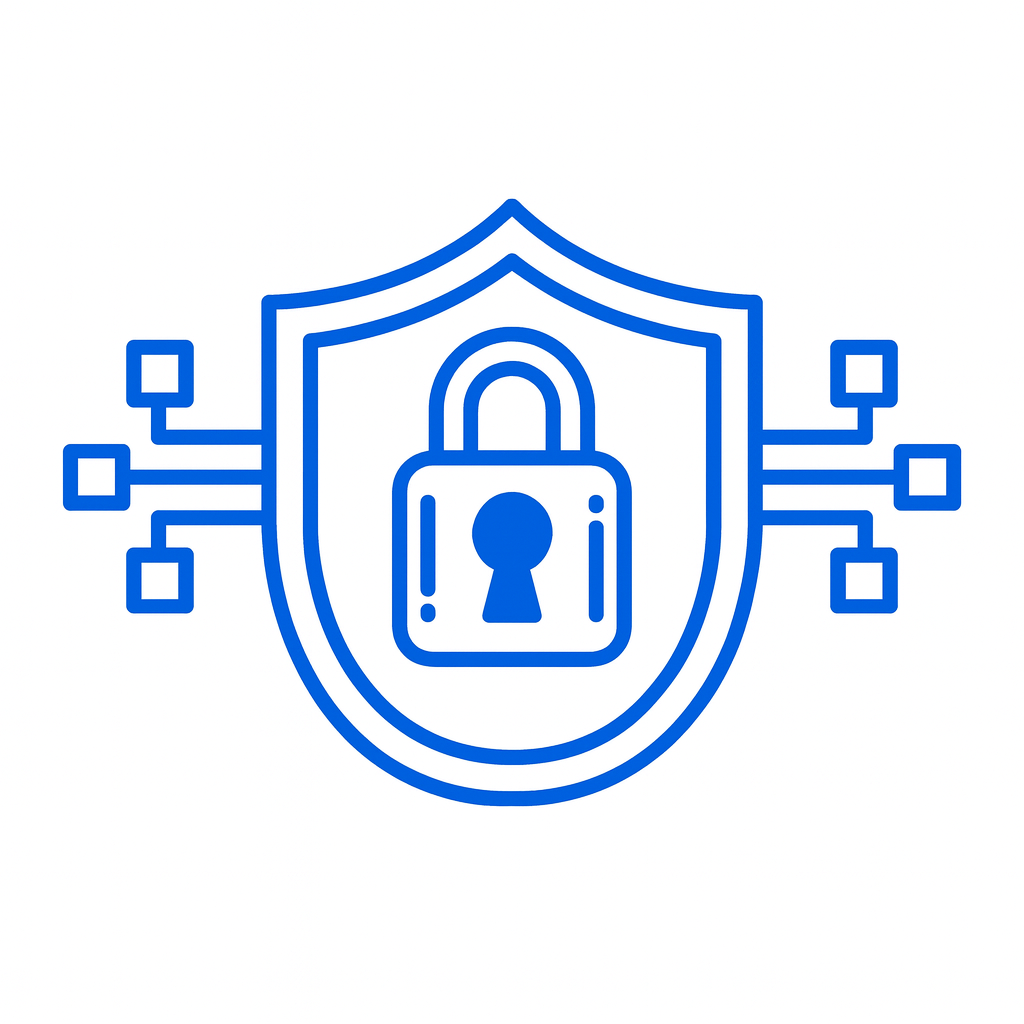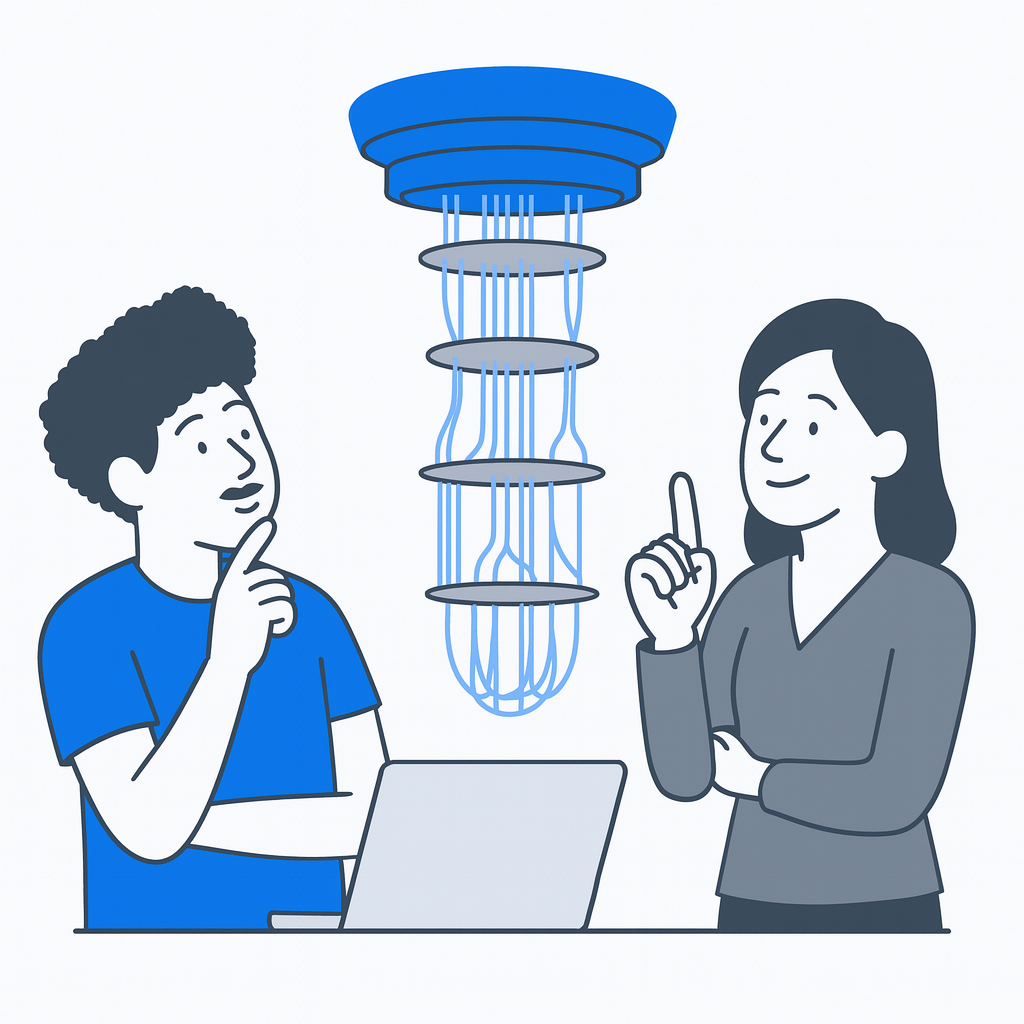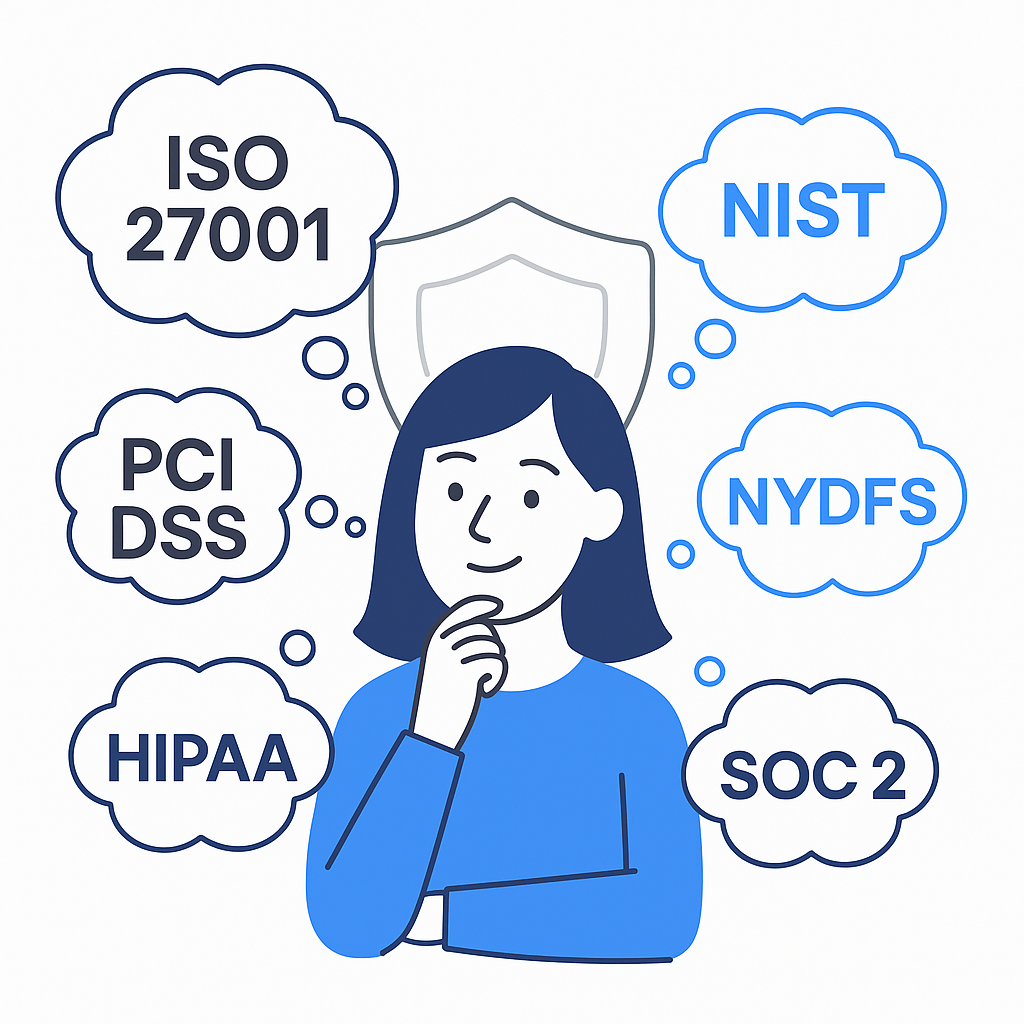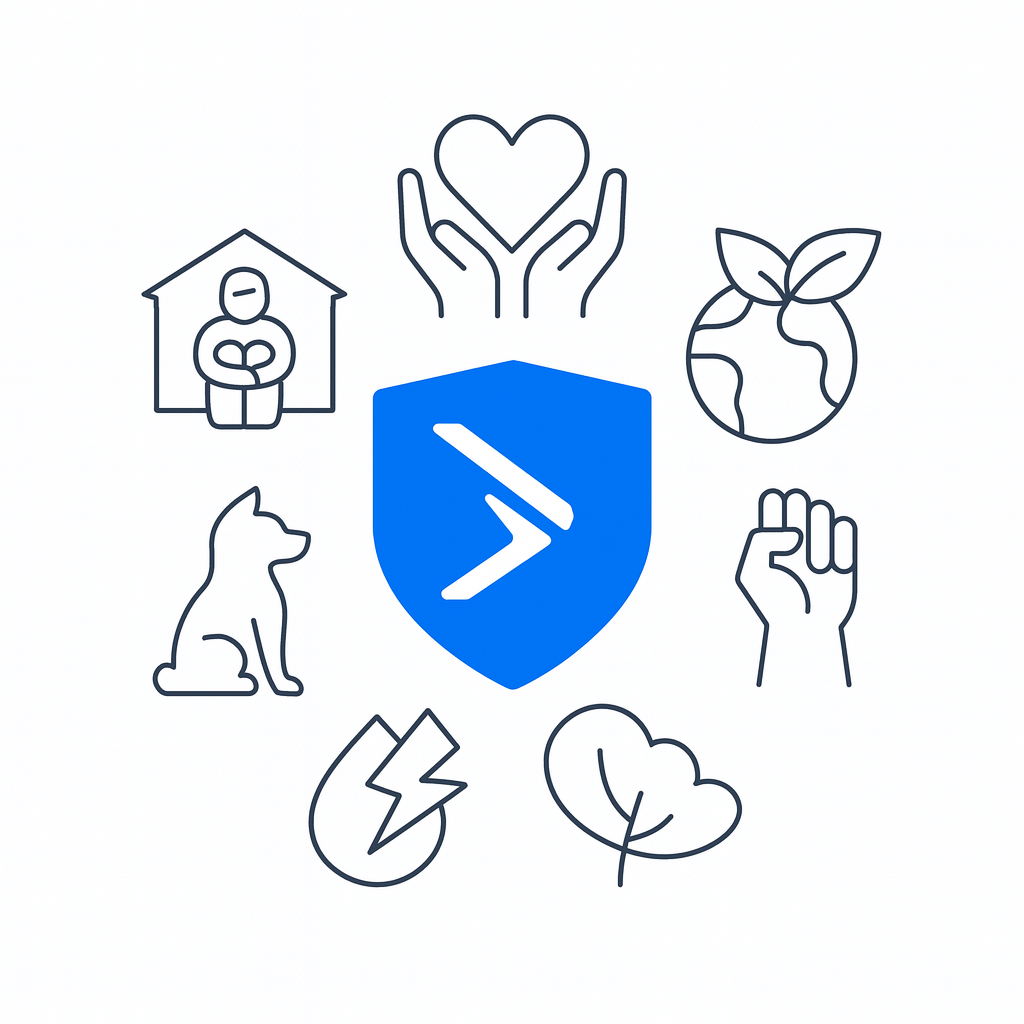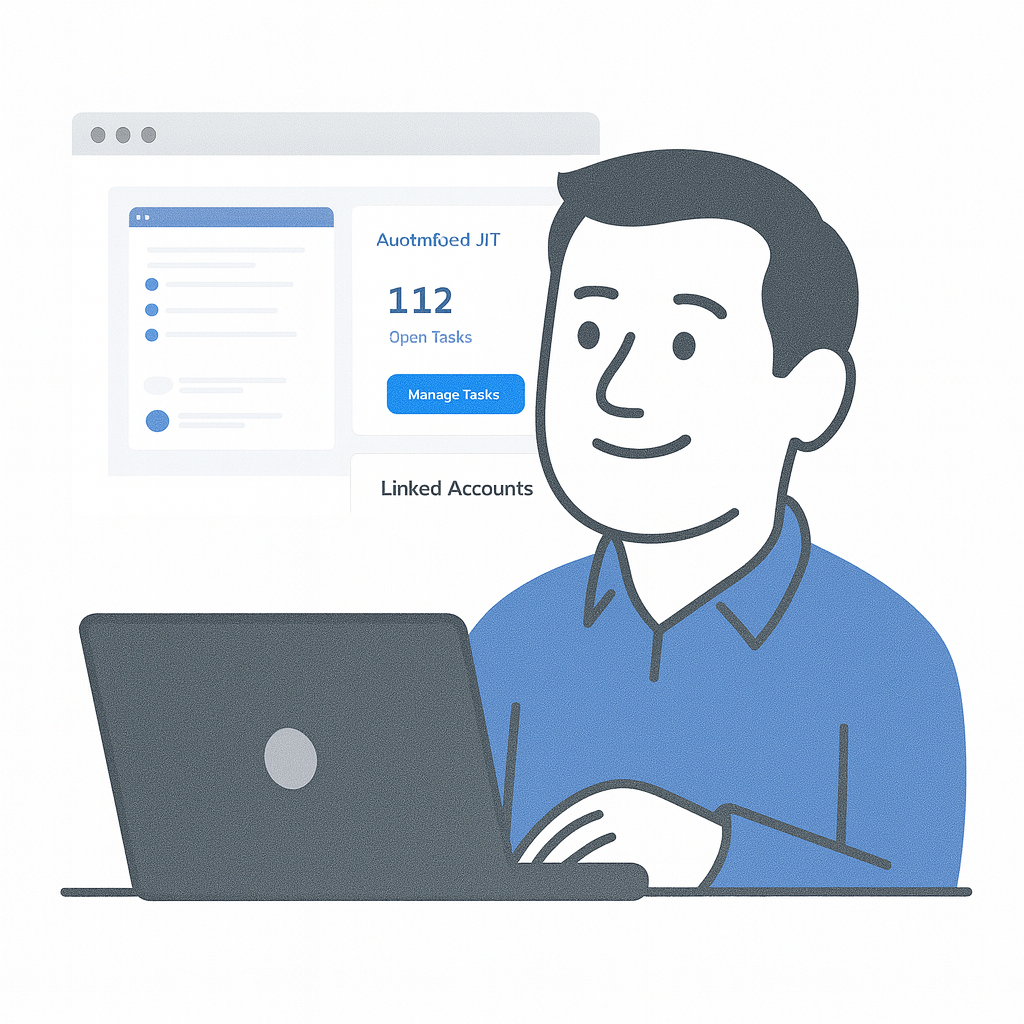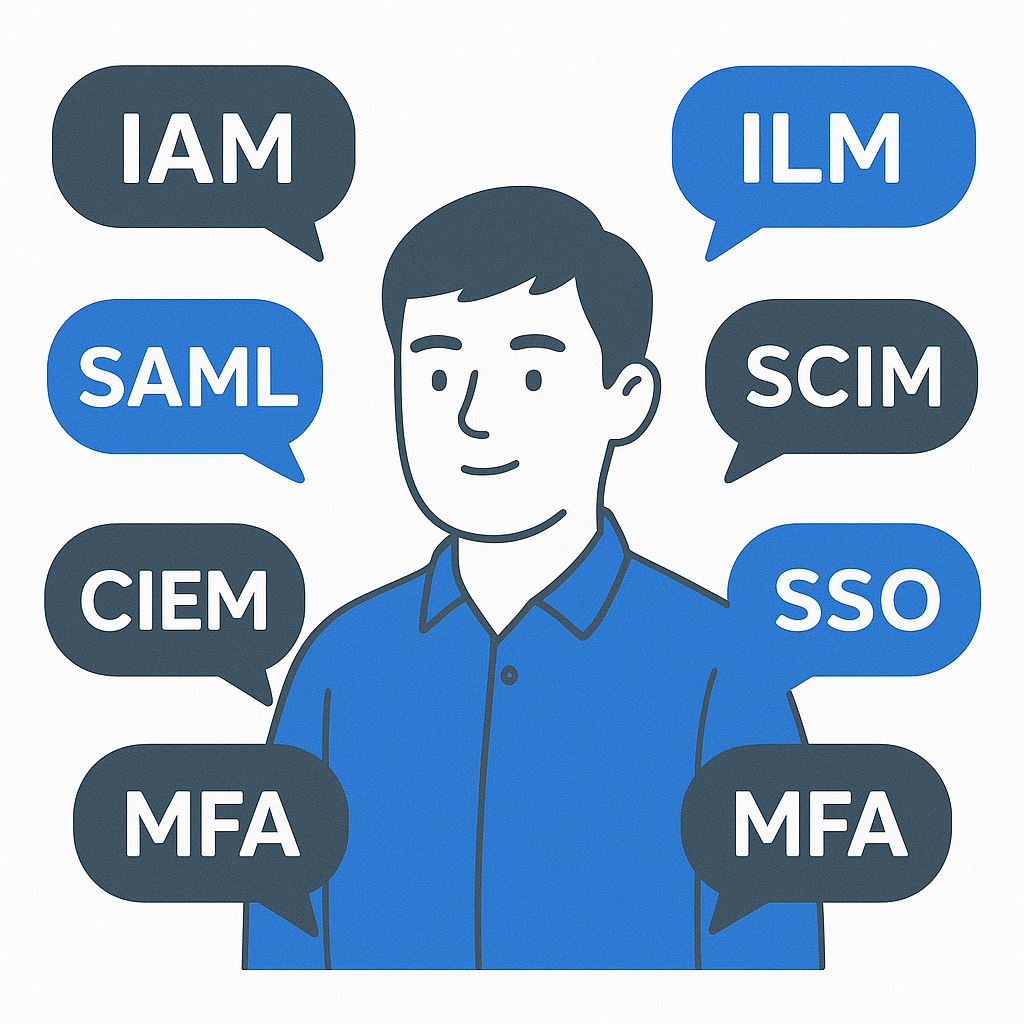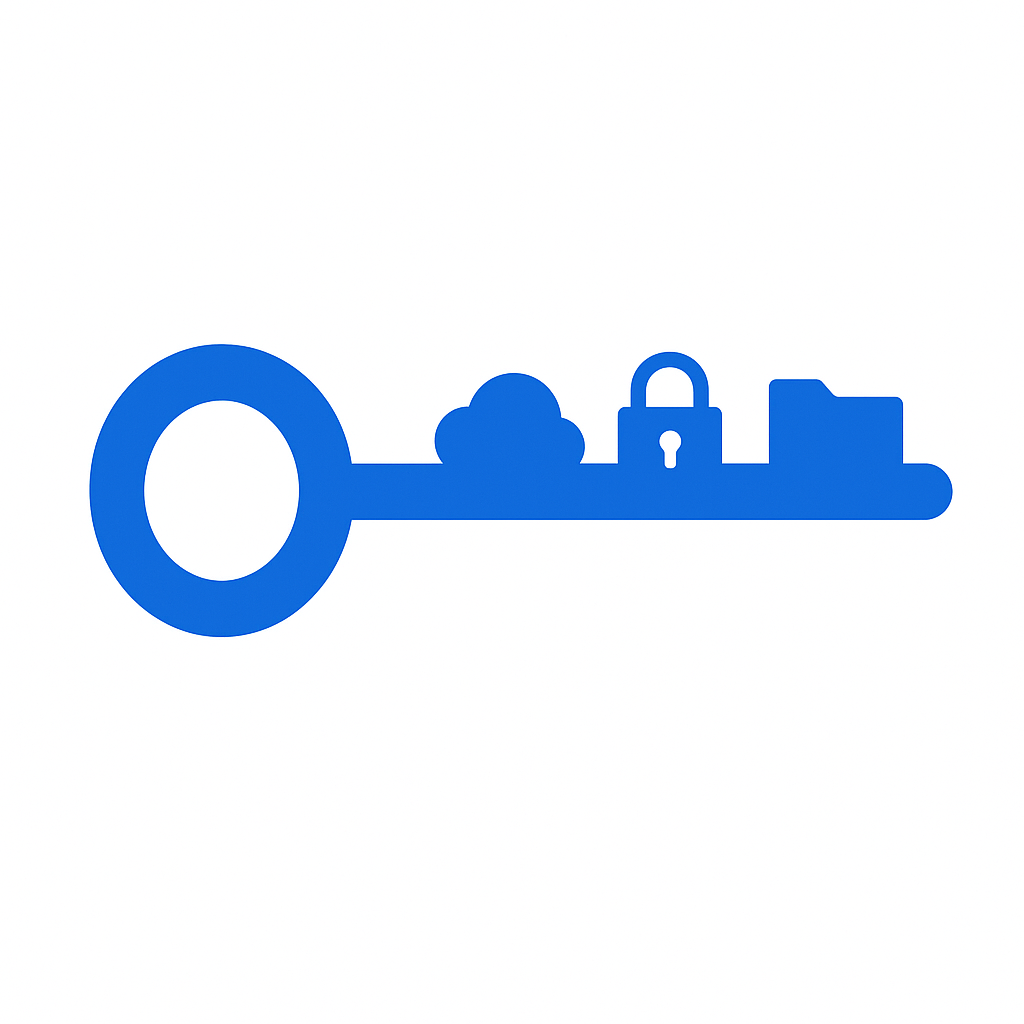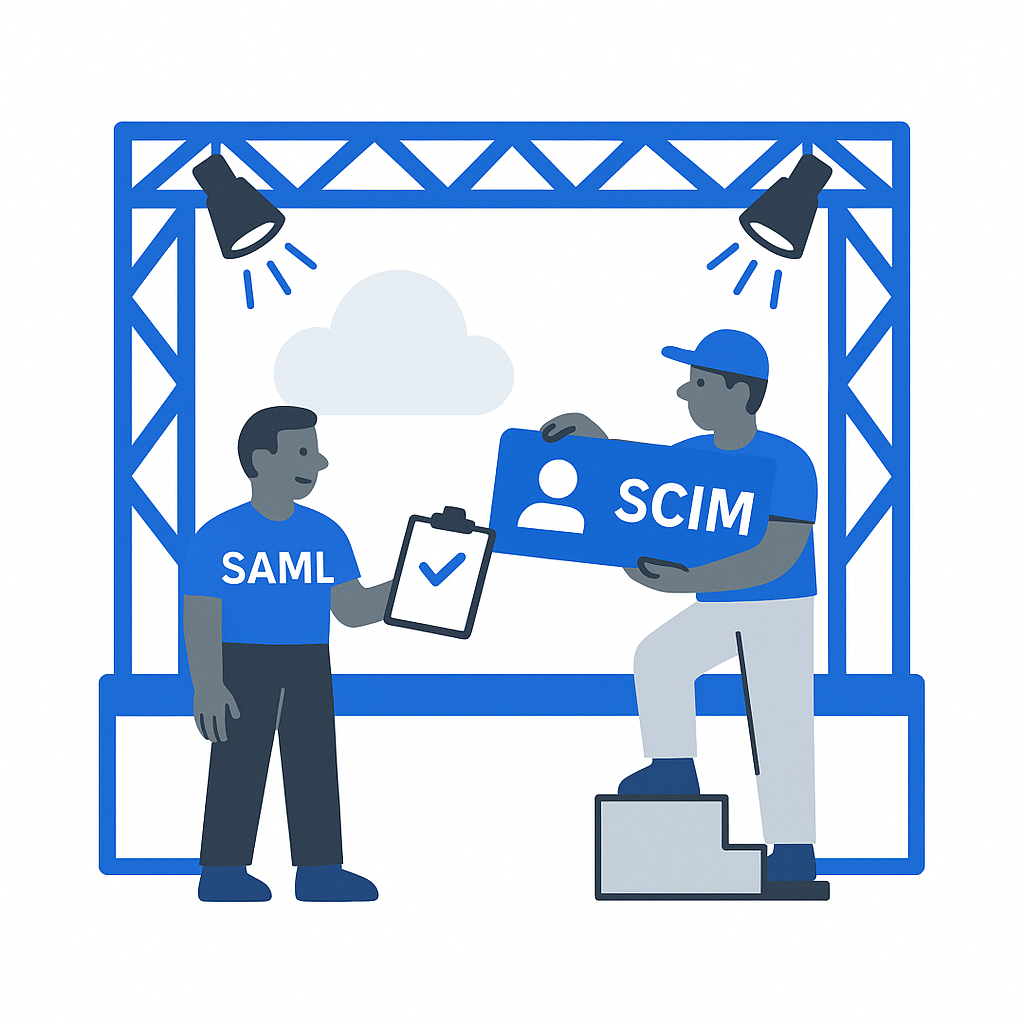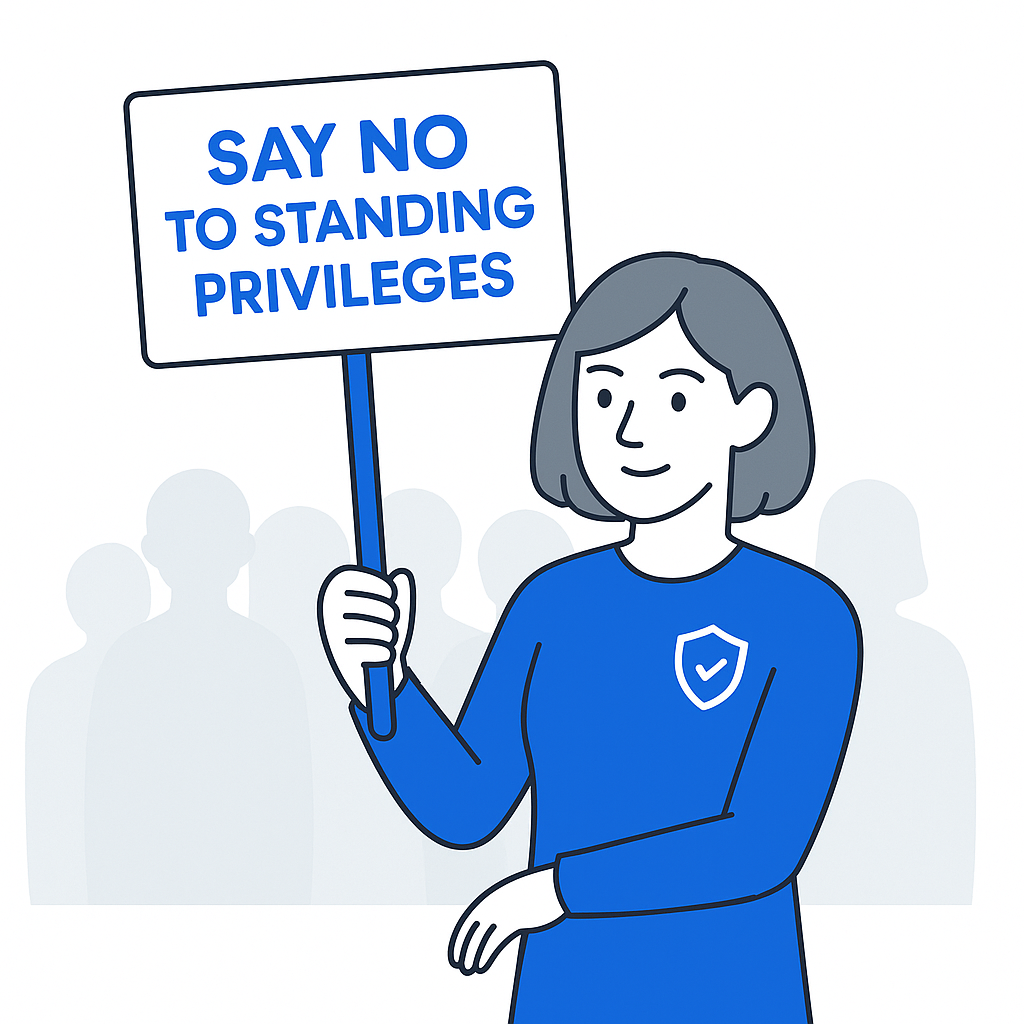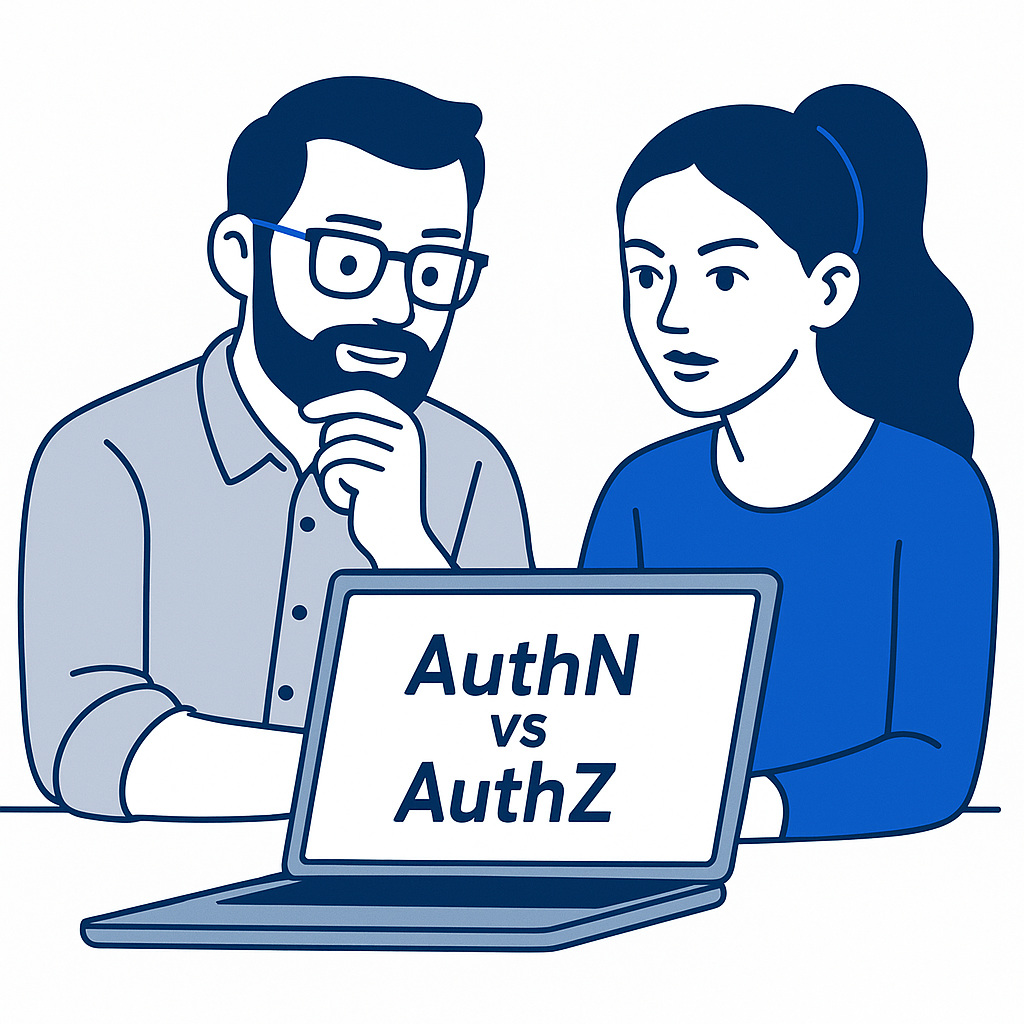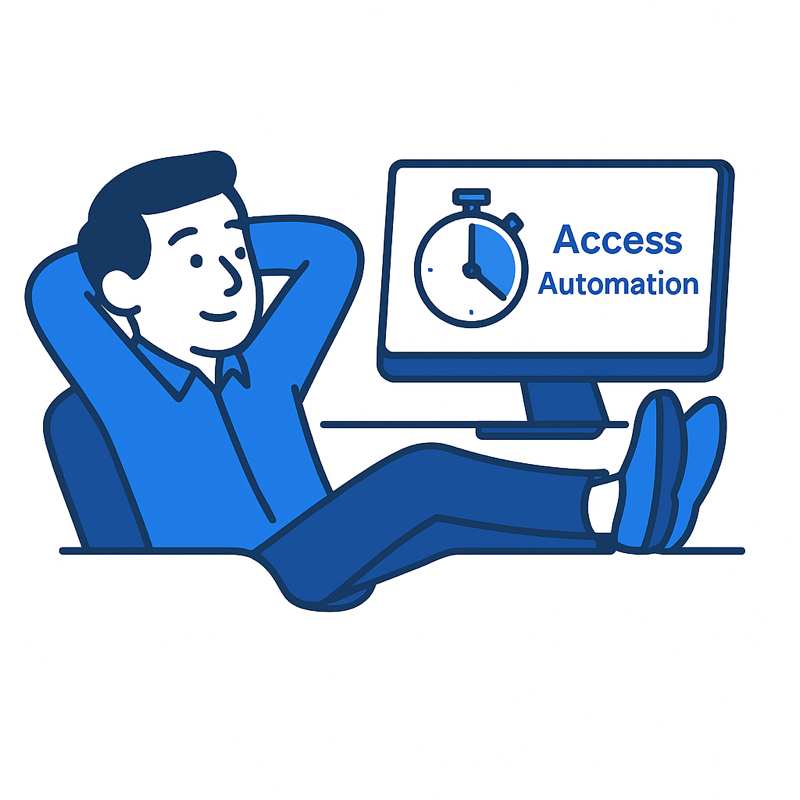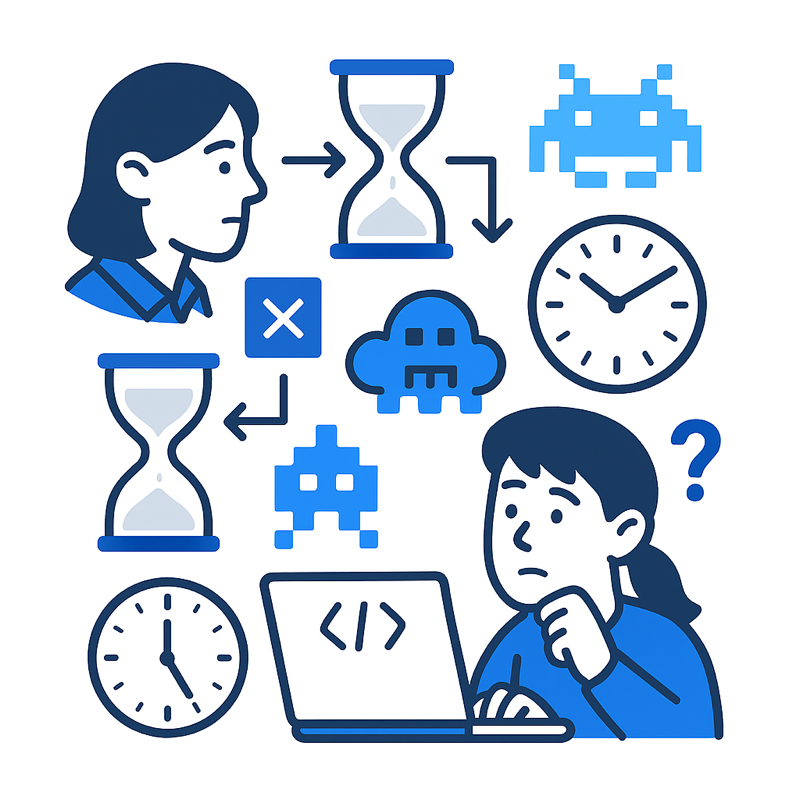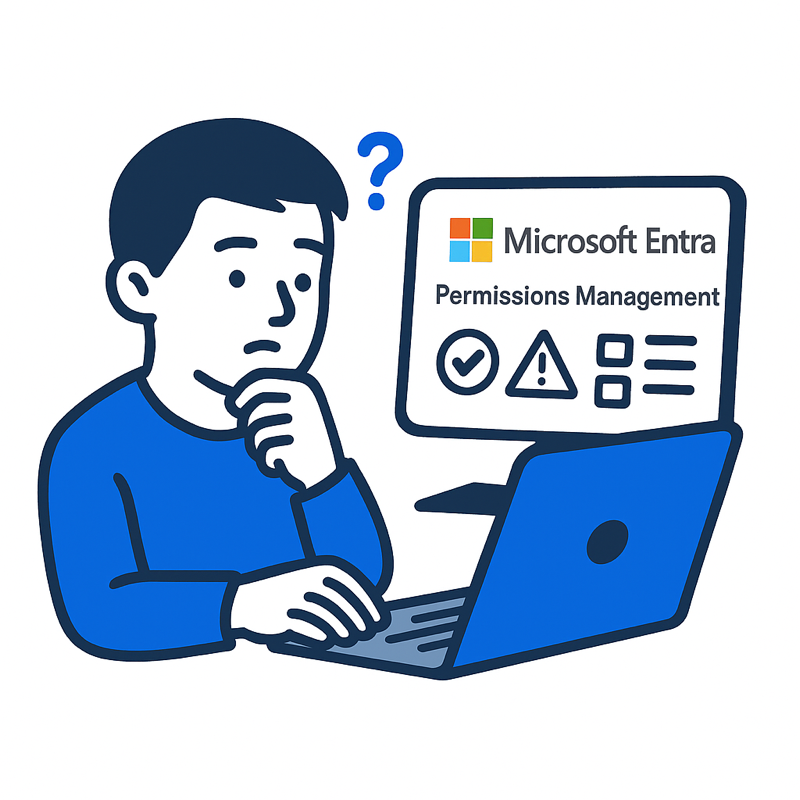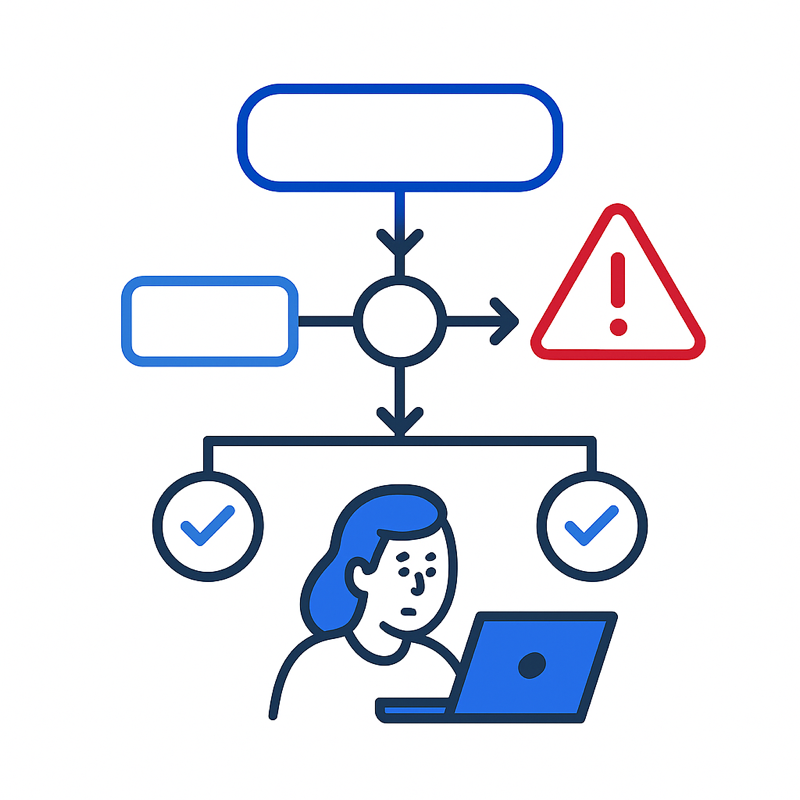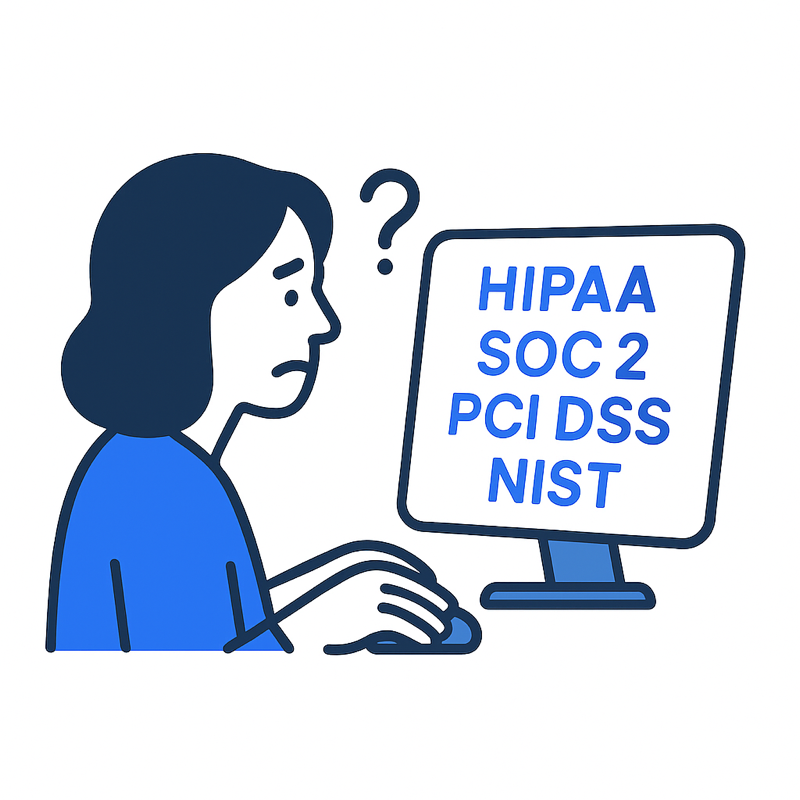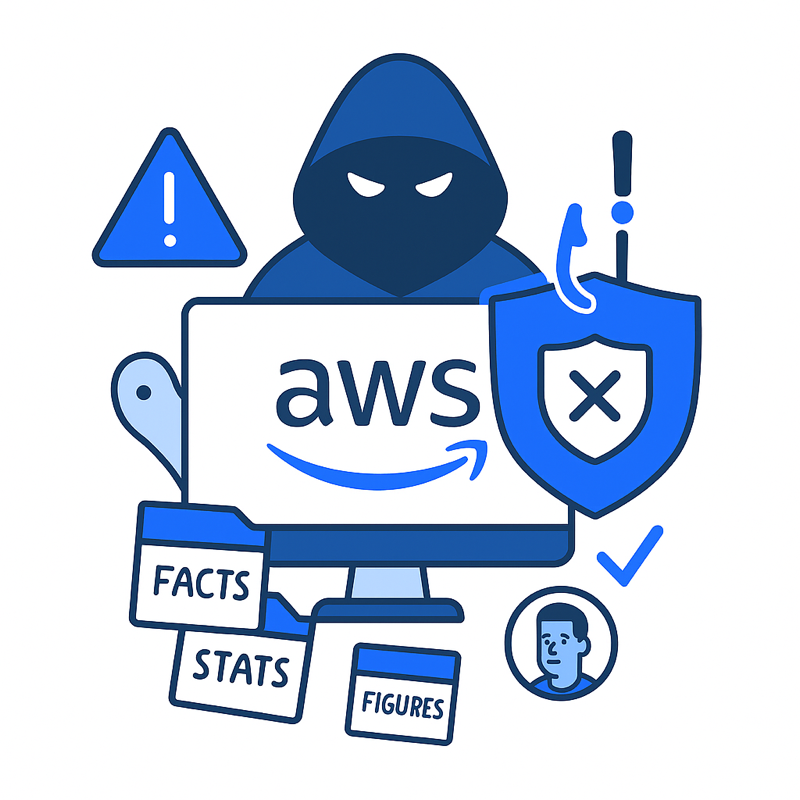Why is Cloud Infrastructure Entitlement Management (CIEM) Still So Damn Complicated?
Look, I get it. Managing entitlements in the cloud feels like herding caffeinated cats through a thicket. You’ve got AWS, GCP, Azure, Kubernetes, GitHub, HR platforms… the list goes on. Yet the outcome is painfully predictable, like watching an agricultural machine accident in slow motion: excessive permissions, ghost accounts lingering like bad late-night decisions, and the nagging dread that something blew up overnight because “someone had standing admin access.” This is the way. This has always been the way. Well, it’s not acceptable.
In my first meeting with Gant, our CEO here at Trustle, he summed up our product ethics in one sentence for me:
“Keeping it simple is the path to effective cybersecurity.”
- Gant Redmon, Trustle CEO.
He’s right. Busy IT teams and SOCs need a solution that promises to keep doors locked by default and only opens them when absolutely necessary. Cloud security should be easy, frictionless, and accessible to everyone, even those teams who aren’t dev-first, and no matter the size of your organization.
Let’s break down why the complexity in Cloud Infrastructure Entitlement Management (CIEM) is (arguably) self-inflicted and how we at Trustle have made it our mission to carve through the spaghetti.
The Problem: Permissions Gone Wild
Most cloud entitlement strategies still rely on static Identity and Access Management (IAM) roles: “Alice is a developer, therefore Alice gets DevOps powers forever,” even after she’s moved on to QA. This highlights three core issues:
1. Privilege Sprawl: Permissions granted once but rarely revoked.
2. Orphaned Accounts: Contractors leave, but their access lives on.
3. Dormant Risks: Forgotten service accounts, stale credentials, keys no one rotates.
“Standing access”, what happens when privileges remain after they’re needed, is a logistical minefield, and “Zero Standing Privileges” (ZSP) is the fix.
Now this is nothing new. CIEM has been a concept that has existed for a while. However, even after all these years, most teams still lack a reliable method for removing unnecessary cloud access. It’s easier just to leave it “on” and hope nothing bad happens.
Why It’s Still So Broken
1. Identity and Access Management (IAM) Consoles Are Terrible UIs
We’re navigating native cloud UIs that feel like torturous multi-click nightmares, meant for wizards, not humans. And when you’re trying to get devs and ops folks to casually request privilege, they shouldn’t need a PhD in AWS policies to do it.
2. Manual = Mistakes
Access request tickets. Approvals by email. Alerts that no one reads - inevitable plate juggling. Humans are slow, inconsistent, and error-prone. It’s time to automate, safely, with a clear path of least resistance.
3. One-and-Done Doesn’t Work
Even when permissions are granted properly, no one follows up. Access isn’t revoked when the task is done. Access Reviews can feel like empty ritual.
Trustle Keeps It Simple (and Saner)
Frictionless, Chat-First Requests
Trustle lets users request access in Slack or Microsoft Teams, right where they’re already working. No hopping into AWS console, no wandering through Jira projects.
- Ask for role X from a dropdown
- Get approval in-thread
- Access is granted, and automatically revoked when the job’s done
Just-In-Time (JIT) Access = Zen
Enforce time-bounded, purpose-specific entitlements exactly when needed. Then walk away. No standing admin roles, no guessing if someone still needs it. That’s Zero Standing Privileges (ZSP), an IT environment in which there are no persistent, always-on privileged access rights provisioned to identities and accounts, whether human or machine, in practice.
Top-Down CIEM Without the Headache
Trustle gives our users a centralized view across AWS, GCP, Azure (and more soon), highlighting orphaned accounts, service account misuse, and standing permissions. Plus, it helps you systematically reduce the identity attack surface rather than just “identify” it.
Fast to Set Up
You can deploy Trustle in under 30 minutes. That’s barely enough time to make a coffee. That’s 30 minutes to painless and best practice CIEM, and it doesn’t take an MSc in Computer Science.
Worth Every Penny
Gartner estimates that a 10,000-employee company should see a 300% ROI and pocket $3.5 million in savings over three years just by automating provisioning. That’s $117 per employee per year. Now think bigger: if streamlining one part of your IAM process delivers that kind of impact, what could organizations save by rethinking their approach with the right tools?
Tight integrations and our customer testimonials speak for themselves: Trustle streamlines permissions, integrates smoothly, and scales - from dev to enterprise.
But Wait. There’s More
Fine-Grained Lifecycle Management
Trustle brings together identity orchestration: provisioning, onboarding, offboarding, entitlement removal, and continuous reviews.
Smart Risk Prioritization
Rather than overwhelm your already busy team with alerts, Trustle flags high-risk identities first - orphans, standing rights, and misconfigured service accounts.
A Day in the Life Without Trustle:
- 09:00: Email: “Alice’s onboarding request - give her Prod DB admin.”
- 09:05: Jump into IAM console.
- 09:20: Click around, add her to an IAM group that seems right.
- Six months later: Access still standing. No one owns it. Risk creeps in.
A Day in the Life With Trustle:
- 09:00: In Slack, Alice clicks “Create Access Request” button to request Prod DB admin for three hours.
- 09:00: DevOps lead sees request, approves it on Slack.
- 09:01: Access is granted for three hours, then vanishes when time’s up.
- 09:01: The permission cycle is logged and auditable instantly.
- Three hours later: No standing privilege. No risky access to production data. Sanity.
The Bottom Line
CIEM still feels existentially broken because relying on static IAM roles still comes with lingering privileges, manual processes, and UI friction. You point at permissions with hindsight; the real fix is reducing standing privileges and automating ephemeral access.
Trustle isn’t selling a “better console” or “flashy dashboard.” It gives you:
- Zero Standing Privileges through chat-native JIT requests
- Automated enforcement across any cloud
- Broader CIEM coverage without complexity
- And fast deployment that doesn’t require a team of consultants
If you’re in IT or security and tired of pointless tickets, stagnating IAM cloud roles, or the ongoing angst of “trust-by-default”, we’re on your side. It’s not expensive, it’s not clumsy, and more importantly, it’s built for humans, not robots.
CIEM is overcomplicated because it’s built on outdated patterns: static roles, manual provisioning, and orphaned entitlements. Our mission has been to fix that with chat-first, time-limited access, radical reduction of standing privileges, and holistic CIEM, all without making life harder for your teams.
Cloud Infrastructure Entitlement Management (CIEM) doesn’t have to be so damn complicated. If you’d like to know more, please drop us a message for a no-obligation demo. We’re here to help.




